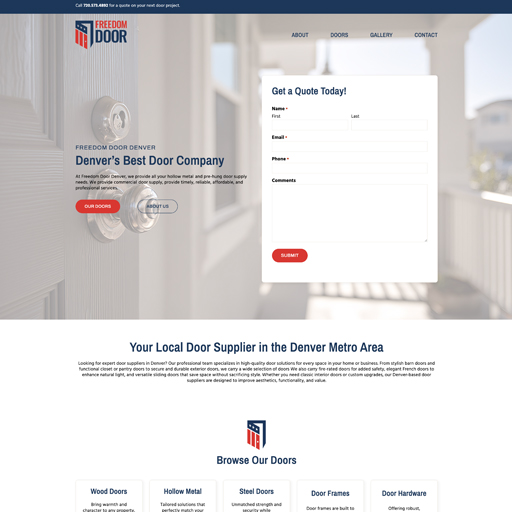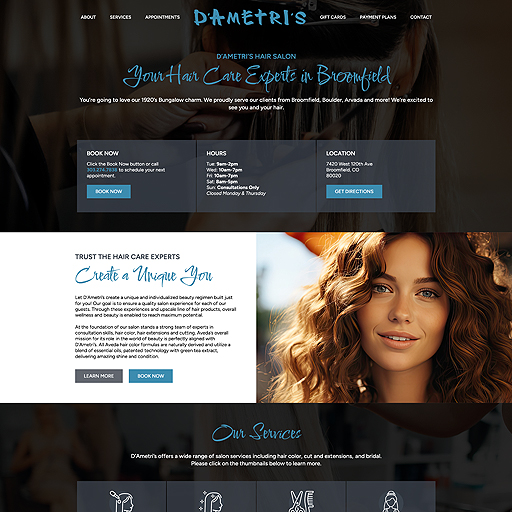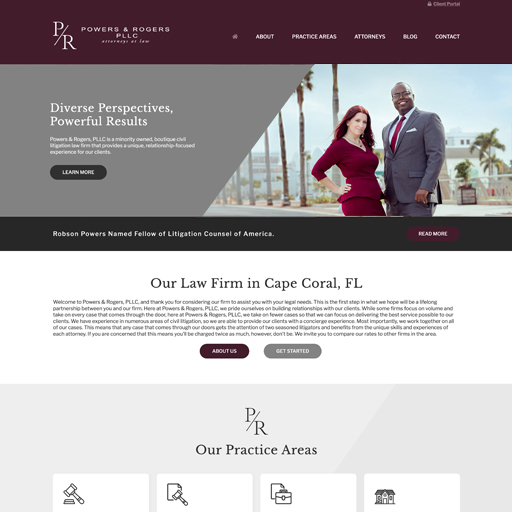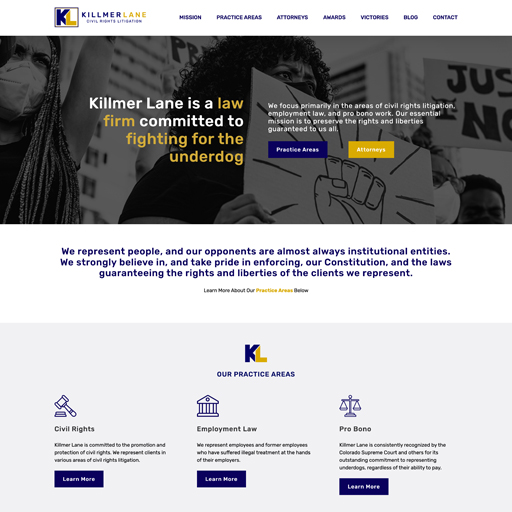July 28, 2024 | Post By BROZ
AI and Web Design
The rise of artificial intelligence (AI) has permeated various industries, and web design is no exception. As AI tools become more sophisticated, they offer capabilities that were once the domain of human web designers. This shift raises concerns about the future of the industry, prompting a critical examination of whether AI poses a genuine threat to web design or if it can coexist and even enhance it.
AI-driven web design tools, such as Wix ADI and Bookmark, can automatically generate websites based on user inputs and preferences. These platforms leverage machine learning algorithms to analyze vast amounts of data and produce designs that are not only aesthetically pleasing but also optimized for user experience. The speed and efficiency of AI in creating functional websites is unmatched.
However, the question of creativity remains a significant factor. While AI can produce technically proficient designs, it often lacks the nuanced understanding and innovative thinking that human designers bring to the table. Web design is not just about assembling elements in a visually appealing manner; it involves understanding a client’s brand, audience and unique vision. Human designers can interpret these subtleties and infuse them into their work, a level of personalization that AI has yet to fully replicate.
The integration of AI into web design should be seen as a tool rather than a replacement. By automating repetitive and time-consuming tasks, AI allows designers to focus on more strategic and creative aspects of their projects. This symbiotic relationship between AI and human designers can lead to more efficient workflows and higher-quality outcomes. For instance, AI can handle tasks like layout suggestions, code generation and even content creation, leaving designers with more time to innovate and refine their ideas.
The evolving nature of web design also suggests a shift in the skills required for the profession. As AI tools become more prevalent, designers may need to adapt by acquiring new competencies, such as proficiency in AI software and an understanding of how to leverage these tools effectively. This evolution could lead to a more dynamic and versatile workforce, where designers are not just creators but also adept at navigating and utilizing advanced technologies to their advantage.
Despite the advancements in AI, there are inherent limitations to its capabilities. AI systems operate based on patterns and data they have been trained on, which can result in designs that lack originality and fail to push creative boundaries. Human designers, with their ability to think outside the box and break conventional norms, play a crucial role in driving innovation in web design. This creative edge is something that AI, in its current state, cannot replicate.
Furthermore, the relationship between web designers and clients often involves a level of empathy and communication that AI also cannot provide. Understanding a client’s needs, responding to feedback and building a collaborative rapport are essential components of the design process. Human designers are still the best with these interpersonal aspects, ensuring that the final product not only meets but exceeds client expectations.
While AI presents certain challenges to traditional web design, it also offers opportunities for enhancement and growth within the industry. By embracing AI as a complementary tool, web designers can streamline their processes, focus on creativity and adapt to the evolving landscape. Rather than viewing AI as a threat, the design community can harness its potential to drive innovation and deliver more compelling and personalized web experiences.
RECENT WEB DESIGN PROJECTS
Click on the thumbnails below to preview Broz’s recent completed web design projects. For a full listing of the Broz website design portfolio, please click here.









